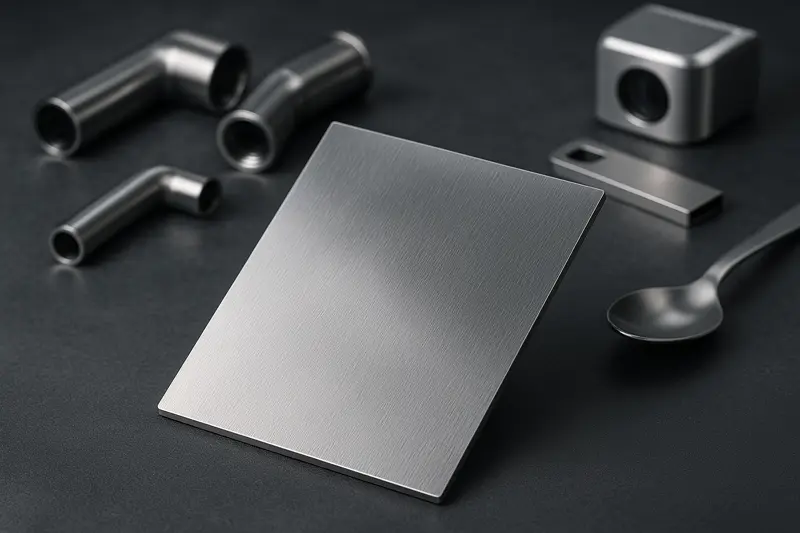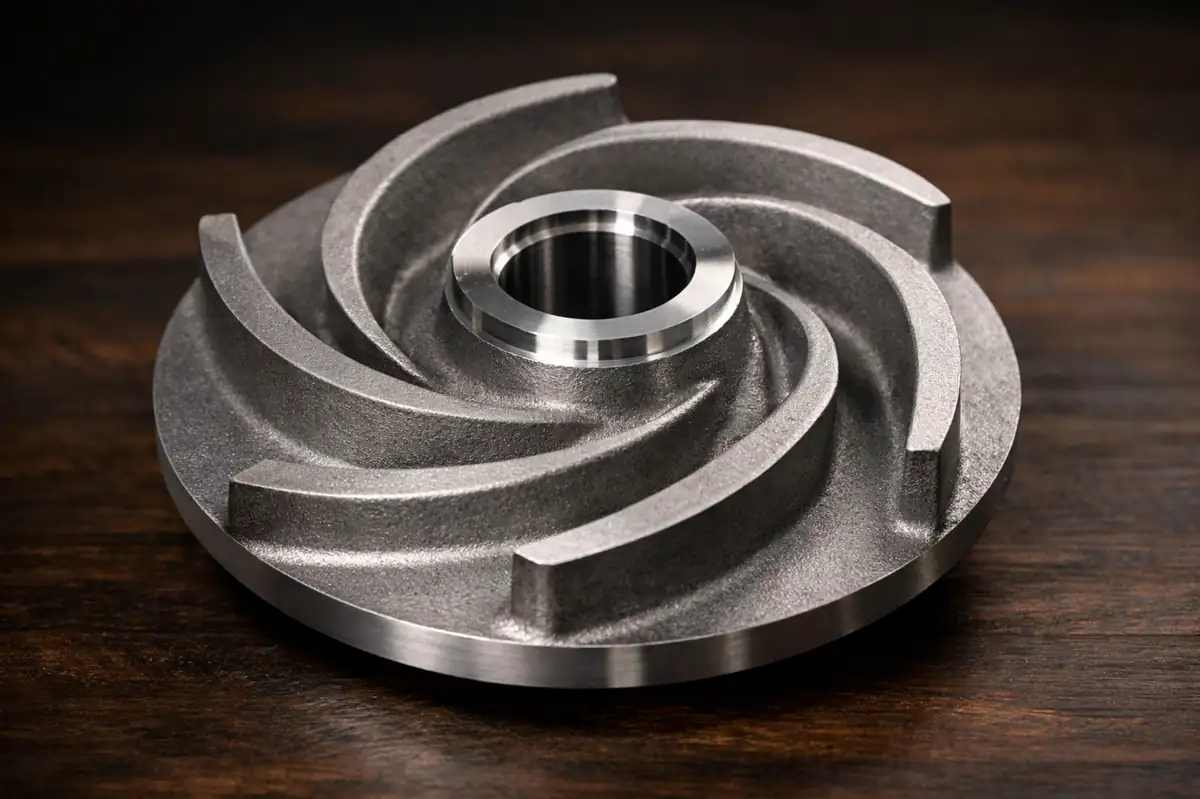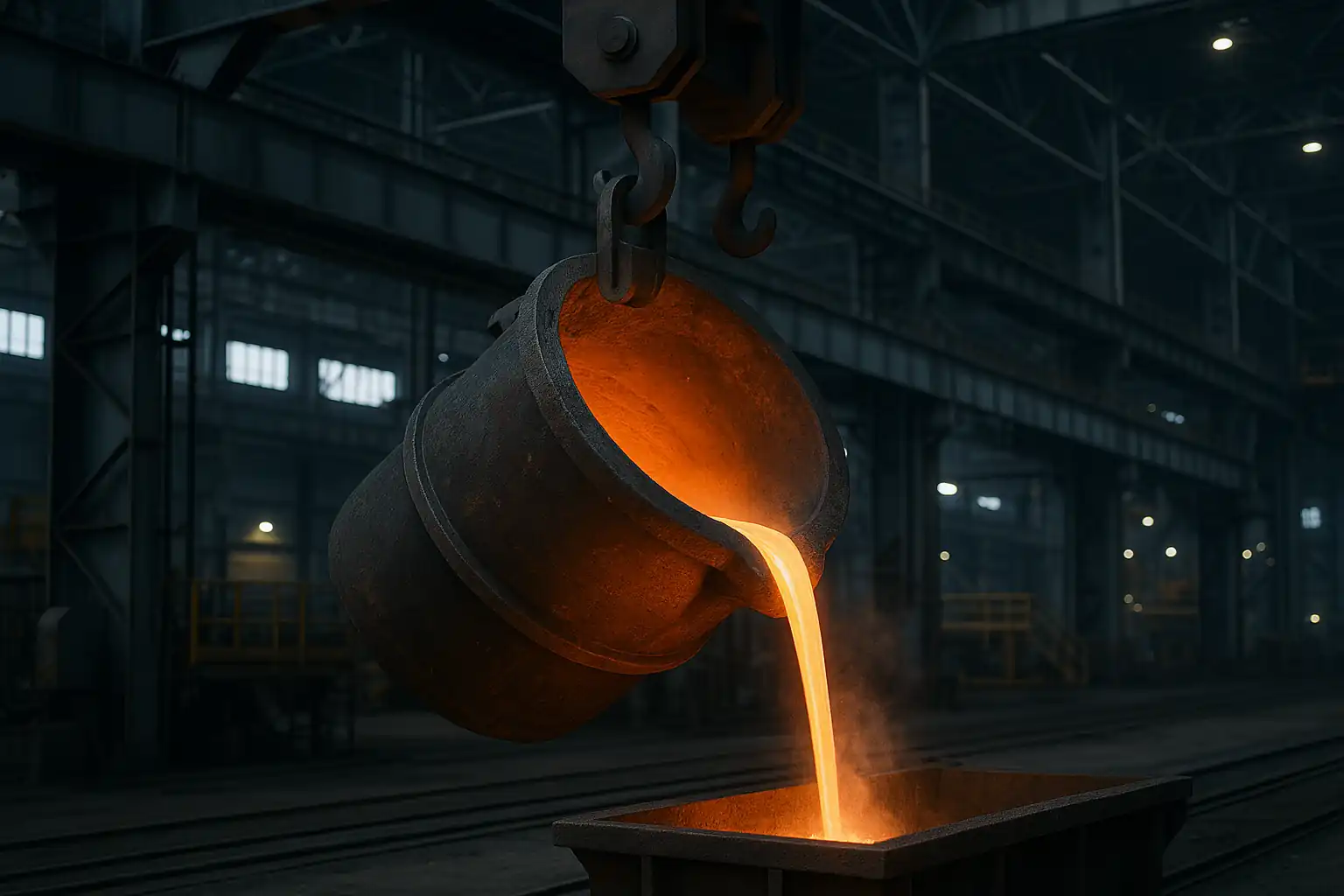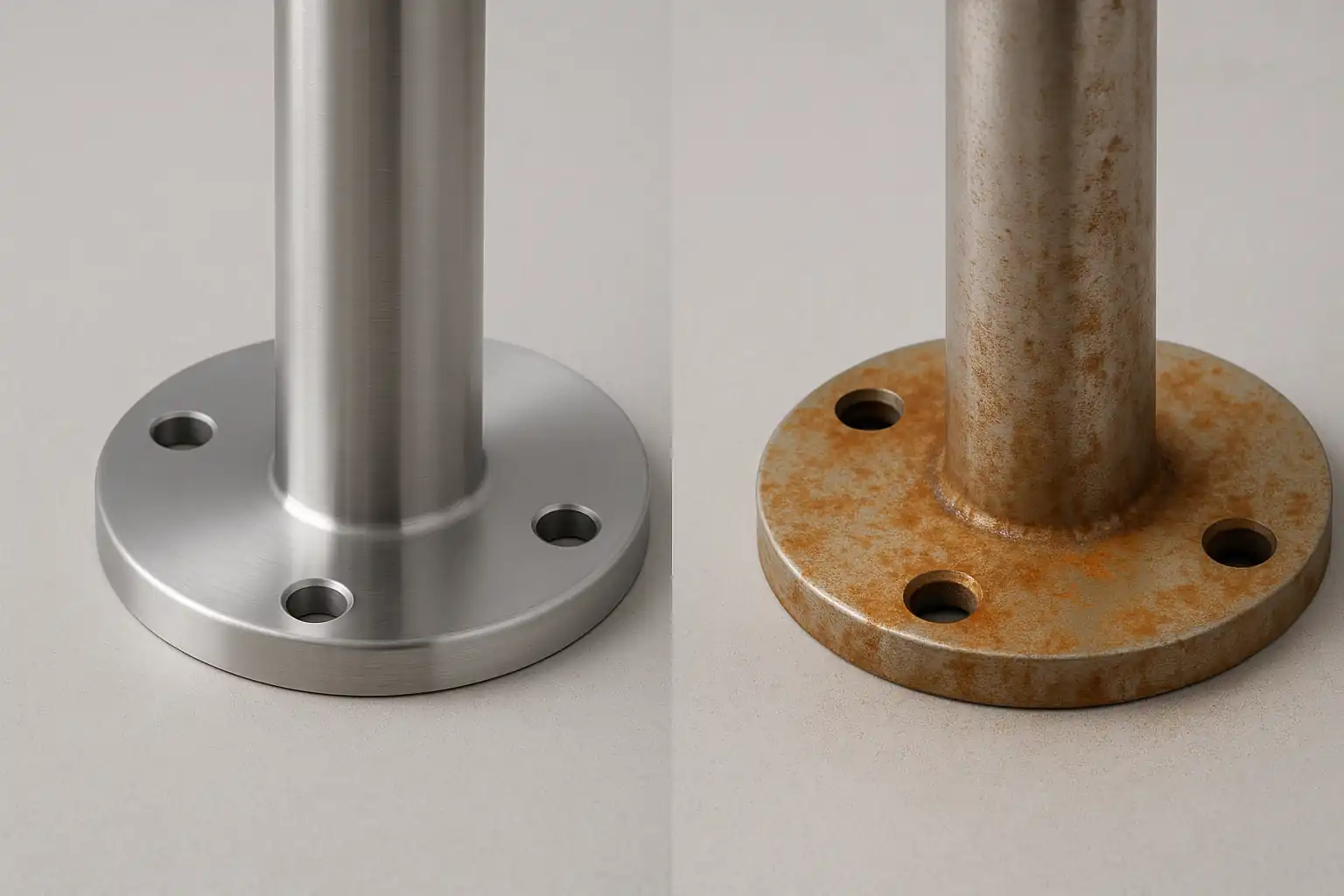Among countless materials, there is one that is ubiquitous in modern life, known for its unique silver luster and exceptional performance—austenitic stainless steel. From the gleaming utensils in your kitchen to the precise surgical scalpels in a hospital, and the majestic facades of city skylines, this material silently supports our world with its strength, corrosion resistance, and workability. It’s more than just a metal; it’s an engineering marvel that embodies reliability, aesthetics, and efficiency.
What is Austenitic Stainless Steel?
Austenitic stainless steel is the most common and widely used type of stainless steel today. Its name is derived from its unique crystal structure—austenite. Simply put, it’s a type of stainless steel that maintains a face-centered cubic (FCC) crystal structure at room temperature. This special structure gives it a series of excellent properties, making it perform exceptionally well in various fields. Its core components include chromium (for corrosion resistance) and nickel (for stabilizing the austenite structure), with some grades also containing elements like manganese and nitrogen.
History of Austenitic Stainless Steel
The history of austenitic stainless steel dates back to the early 20th century. In 1912, engineers from Krupp in Germany, in collaboration with scientists from the Max Planck Institute, successfully developed an alloy containing 18% chromium and 8% nickel. This was the predecessor of what we now know as 304 stainless steel. This invention marked the birth of modern this stainless steel, which was quickly applied in various fields and completely changed the landscape of materials science.
Grades of Austenitic Stainless Steel
The grades of this stainless steel are mainly divided into two series, which are distinguished based on their chemical composition and performance characteristics.
200 Series The main feature of this stainless steel is the use of manganese and nitrogen to replace part of the expensive nickel to stabilize the austenitic structure. This makes it more cost-effective, but its corrosion resistance is generally not as good as the 300 series. It is typically used in indoor environments where high corrosion resistance is not a primary requirement.
300 Series This is the main series of austenitic stainless steel, using chromium-nickel as its primary alloying elements. This series has excellent corrosion resistance, good workability, and good weldability, making it the most widely used stainless steel grade in industrial applications today.
Types of Austenitic Stainless Steel
Within these grades, many specific types stand out due to their unique properties and wide range of uses. Here is a breakdown of the most common and important types.
200 Series Austenitic Stainless Steel
| Type | Description | Advantages | Typical Applications |
| 201 | The most common type in the 200 series, using manganese and nitrogen to replace some of the nickel. | High cost-effectiveness; achieves high strength after cold working. | Kitchen equipment, tableware, architectural trim, automotive parts, doors, and windows. |
| 202 | The nickel content is slightly higher than 201, providing better corrosion resistance and formability. | Better corrosion resistance than 201; good toughness and ductility. | Catering equipment, building components, appliance panels, and industrial parts. |
300 Series Austenitic Stainless Steel
| Type | Description | Advantages | Typical Applications |
| 304 | The most representative type in the 300 series, containing approximately 18% chromium and 8% nickel. | A perfect balance of corrosion resistance, workability, and cost-effectiveness. | Kitchen utensils, food processing equipment, architectural decoration, medical instruments. |
| 304L | A low-carbon version of 304, with a carbon content below 0.03%. | Excellent weldability; effectively prevents intergranular corrosion. | Vessels and pipelines that require extensive welding, chemical equipment. |
| 316 | 316 adds molybdenum to the 304 composition. | Superior resistance to pitting and crevice corrosion; high-temperature resistance. | Marine environments, chemical equipment, medical devices, and the pharmaceutical industry. |
| 316L | A low-carbon version of 316, with a carbon content below 0.03%. | Excellent corrosion resistance and weldability, suitable for severe environments. | Chloride-rich environments, chemical pipelines, surgical implants. |
| 301 | A metastable austenitic stainless steel with lower chromium and nickel content than 304. | Strong work-hardening properties; achieves high strength and elasticity after forming. | Springs, gaskets, high-strength structural parts, railway vehicles. |
| 310S | Contains a higher proportion of chromium and nickel, designed for high-temperature applications. | Excellent resistance to high temperatures and oxidation; can withstand temperatures above 800°C. | Furnace parts, heat exchangers, high-temperature vessels, aerospace components. |
| 321 | Stabilized by the addition of titanium to prevent intergranular corrosion. | Good high-temperature and welding performance, suitable for elevated temperature environments. | Aircraft engine exhaust manifolds, heat exchangers, boiler tubes. |
Key Characteristics of Austenitic Stainless Steel
The reason austenitic stainless steel stands out in so many applications is precisely because its unique crystal structure gives it a series of exceptional properties.
Excellent Corrosion Resistance
Higher chromium and nickel content forms a robust passive film on its surface, which effectively resists oxidation and corrosion in various acid and alkaline environments.
Good Ductility and Toughness
This material is easy to stretch, bend, and deep draw, making it ideal for manufacturing complex parts. It also maintains good toughness in low-temperature environments, preventing brittleness.
Non-Magnetic or Weakly Magnetic
Austenitic stainless steel is non-magnetic in its normal state. This makes it an ideal choice for applications requiring non-magnetic materials (e.g., medical devices).
Good Weldability
Austenitic stainless steel has excellent welding properties and can be easily used in various welding operations.
Not Hardenable by Heat Treatment
Unlike other stainless steels, its strength is typically increased through cold working, not traditional heat treatment.
Applications of Austenitic Stainless Steel
It is precisely because of its excellent properties that this stainless steel is widely used in the following various fields.
Food and Beverage Industry
From tableware and kitchenware to food processing equipment and storage tanks, austenitic stainless steel’s corrosion resistance and easy-to-clean surface make it the first choice.
Medical Devices
Grades such as 316L are widely used for surgical instruments, implants, and medical equipment due to their biocompatibility and corrosion resistance.
Architecture and Decoration
Its high polish, corrosion resistance, and aesthetics make it a popular material for building facades, handrails, and interior decoration.
Chemical and Marine Engineering
In harsh chemical and marine environments, high corrosion-resistant grades like 316L are used to manufacture pipes, vessels, and marine structures.
Conclusion
In conclusion, austenitic stainless steel, with its unique crystal structure and excellent overall performance, has become a true “all-rounder” in modern industry. It is not just a material but a reliable engineering solution that provides a solid foundation for countless high-precision, high-durability applications.
Wondering which type of austenitic stainless steel is best for your next project? Contact our material experts today to get professional advice and solutions.



